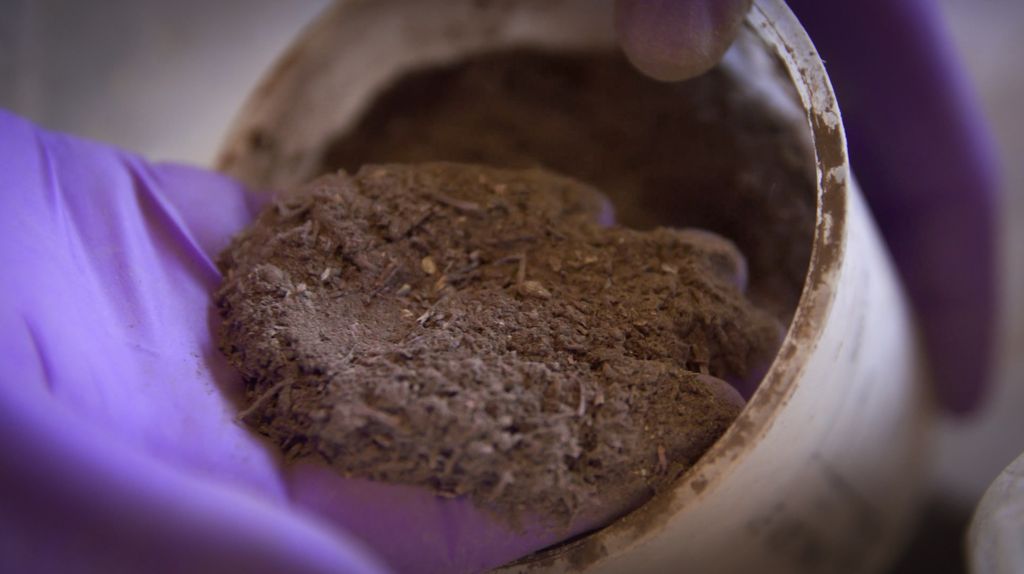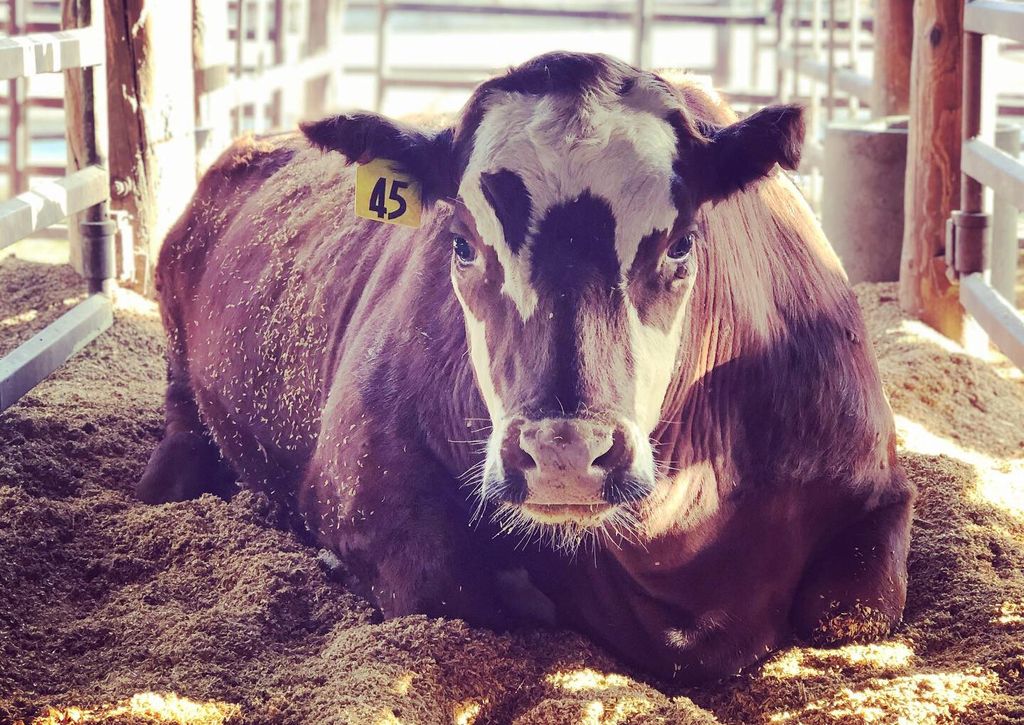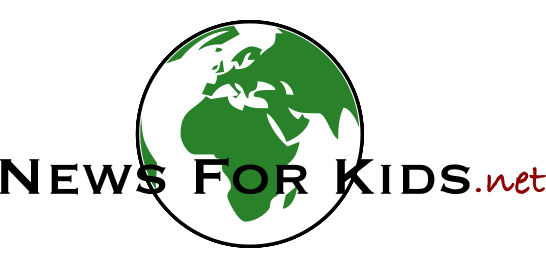You might not expect it, but cows are a large source of the greenhouse gases that are driving climate change. Now scientists have shown that the pollution from cows can be reduced by adding a little seaweed to their food.
Cows have one stomach, but it has four separate sections. This allows them to process grass and other foods that humans can’t digest. One of their stomach sections has a special chemical that helps break down the grass into something the cow’s body can use.

(Source: Mizzou CAFNR, via Flickr.com.)
But the process of breaking down the grass also produces lots of methane. Methane is the world’s second worst greenhouse gas. The methane comes out of a cow’s body mainly as burps.
Scientists first discovered that seaweed could help control methane from cows several years ago. But that work was done in a laboratory, and there were many questions about whether the idea could work in real life.
In the lab studies, the cows were given quite a bit of seaweed, and they wound up losing weight. That wasn’t helpful, since cows are often sold by weight. It also wasn’t clear if the seaweed would stop working if it was used for a longer period of time.

(Source: Timothy McConville/ UC Davis .)
Now, scientists from the University of California, Davis have answered several of these questions.
The researchers studied 21 cows on a farm for about five months. They taught the cows to get their food from inside a special hood, which allowed the scientists to measure the methane that the cows were giving off. This time, they used a much smaller amount of seaweed, which they mixed with the cows’ food.
The results were surprisingly good. In some cases, the cows produced 82% less methane. The improvement depended on the kind of food the cows were given, but even the worst-polluting cows produced 33% less methane.

(Source: Breanna Roque/ UC Davis .)
Over the five months, the scientists didn’t see any signs that the cows’ stomachs were getting used to the seaweed and starting to produce more methane again.
Another surprise came when they looked at the weight of the cows. The cows that were fed seaweed gained just as much weight as the other cows, but they didn’t need as much food.
But there are still some big problems with the idea of feeding cows seaweed. For one thing, there’s not enough seaweed to feed all of the cows in the world. So farmers would have to figure out a way to grow lots of seaweed.

(Source: Breanna Roque/ UC Davis .)
A bigger problem is that for most of their lives, cows live in fields, where they eat the grass. That means there’s no chance to feed them seaweed every day.
And even if cows didn’t produce any methane at all, raising them for meat would still create many other environmental problems. These problems need to be taken seriously if the world is going to avoid the worst effects of the climate crisis.
Still, it’s very good news that something as simple as feeding cows seaweed can help reduce some of the pollution causing the climate crisis.
Did You Know…?
The United Nation’s FAO (Food and Agriculture Organization) says that roughly 9.4% of the world’s human-created greenhouse gases come from raising cows.
